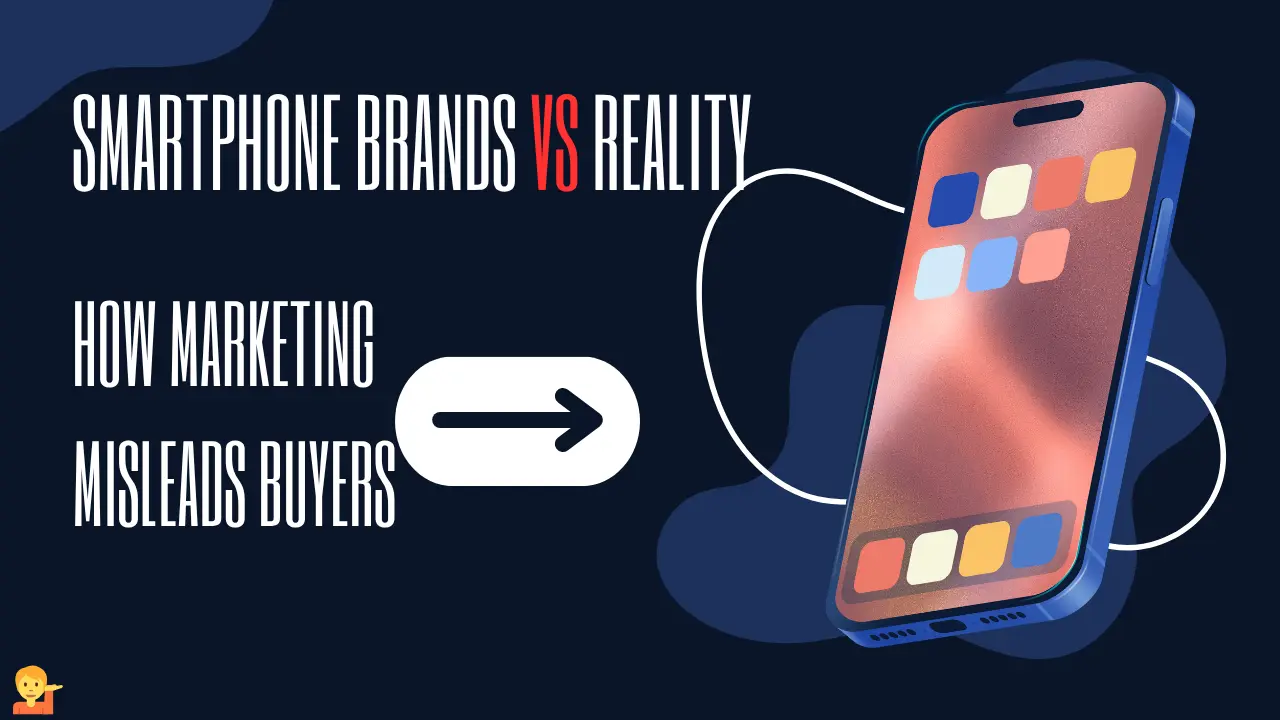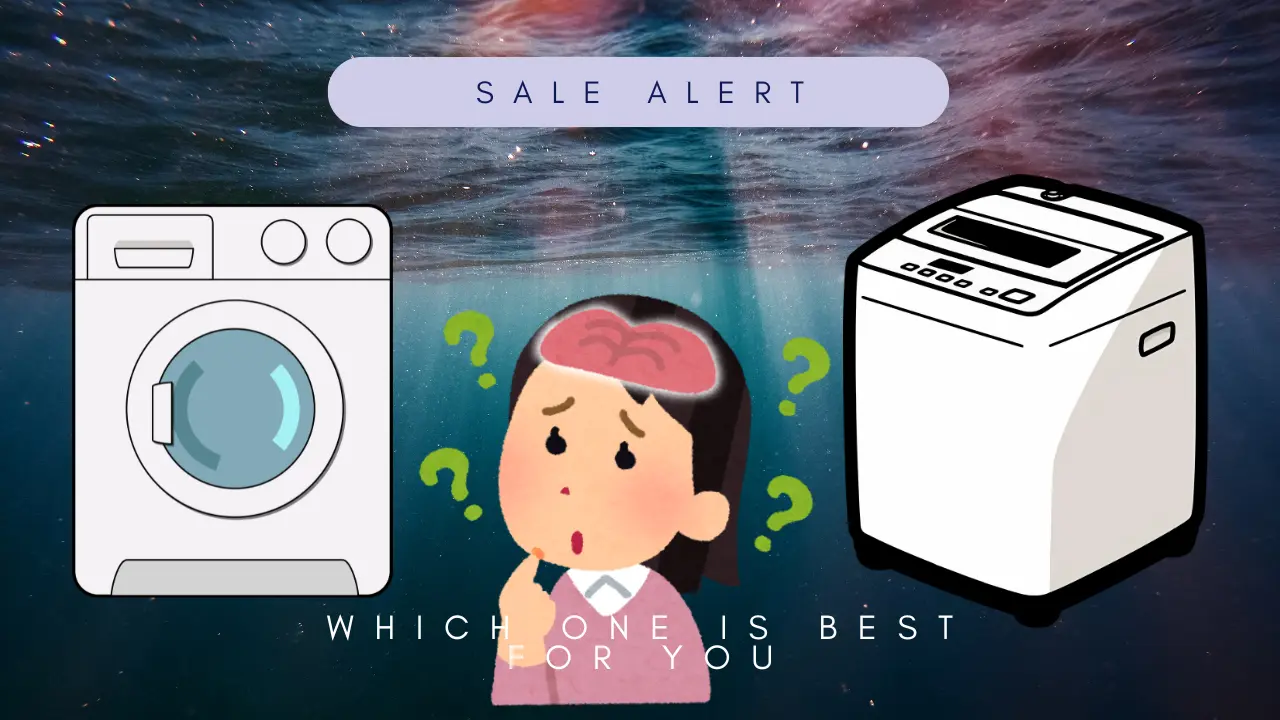How to Spot and Avoid Online Shopping Scams: A Consumer’s Guide
August 18, 2025 | by Wellness World

Online shopping has completely changed the way we buy things. From groceries to gadgets, everything is just a click away. But along with convenience, online shopping also comes with risks. Scam websites, fake sellers, and too-good-to-be-true deals are waiting to trap unsuspecting consumers.
If you’ve ever come across an unbelievable discount on a branded product or received a random message saying “Congratulations, you’ve won a free iPhone!”—you know what I mean. These scams not only take your money but can also put your personal data at risk.
So, how do you protect yourself? Here’s a complete guide to spotting and avoiding online shopping scams.
1. Be Wary of “Too-Good-To-Be-True” Deals
If you see a brand-new iPhone listed at half the price or branded sneakers for 90% off, pause for a moment. Scammers often use unbelievable discounts to lure people.
👉 Tip: Always compare prices on trusted platforms. If it’s way cheaper than everywhere else, it’s probably a trap.
2. Check the Website’s Legitimacy
Scammers create fake websites that look very professional. But there are always clues.
- Look for HTTPS in the URL (though not foolproof, it’s safer than HTTP).
- Check the domain name. Scammers use misspellings like amazzon.com instead of amazon.com.
- Browse through the “About Us” and “Contact” pages. If there’s no real address, phone number, or customer service, be cautious.
3. Read Reviews Carefully
Real customer reviews can reveal a lot. But here’s the trick—scammers sometimes use fake reviews.
- Watch out for reviews that look copy-pasted or overly positive.
- Search for the store name on Google along with keywords like scam or reviews.
4. Use Secure Payment Methods
Never transfer money directly to a seller’s bank account or through unknown apps.
👉 Always use:
- Credit cards (they offer fraud protection).
- Trusted payment gateways like PayPal, Razorpay, or UPI apps with buyer protection.
5. Be Careful with Social Media Ads
Scam stores often run ads on Facebook, Instagram, or TikTok. They look very convincing with professional images and videos.
👉 Before you buy, check if the store has a real history, verified pages, and genuine customer interactions.
6. Protect Your Personal Information
Some scam websites don’t just want your money—they want your personal data. They’ll ask for unnecessary details like your PAN number, Aadhaar, or even passport info for “verification.”
👉 Legit online stores will never ask for such sensitive data.
7. Watch for Phishing Emails & Messages
Emails or WhatsApp messages saying:
- “Your package is stuck at customs, click here to release it.”
- “You’ve won a lucky draw, enter your card details to claim.”
These are classic phishing attempts. Never click on suspicious links.
8. Trust Your Instincts
If something feels off, trust your gut. It’s better to miss out on a fake deal than lose your money or identity.
What to Do If You Get Scammed?
- Immediately contact your bank or credit card provider to block the transaction.
- Report the website or seller to consumer protection authorities in your country. (In India, you can file a complaint on the National Consumer Helpline – 1800-11-4000 or consumerhelpline.gov.in).
- Warn others by leaving reviews or reporting on social media.
Final Thoughts
Online shopping is safe and convenient—if you stay alert. Scammers rely on consumers being careless or greedy for unbelievable discounts. By keeping your eyes open and following these tips, you can enjoy shopping online without falling into traps
RELATED POSTS
View all


